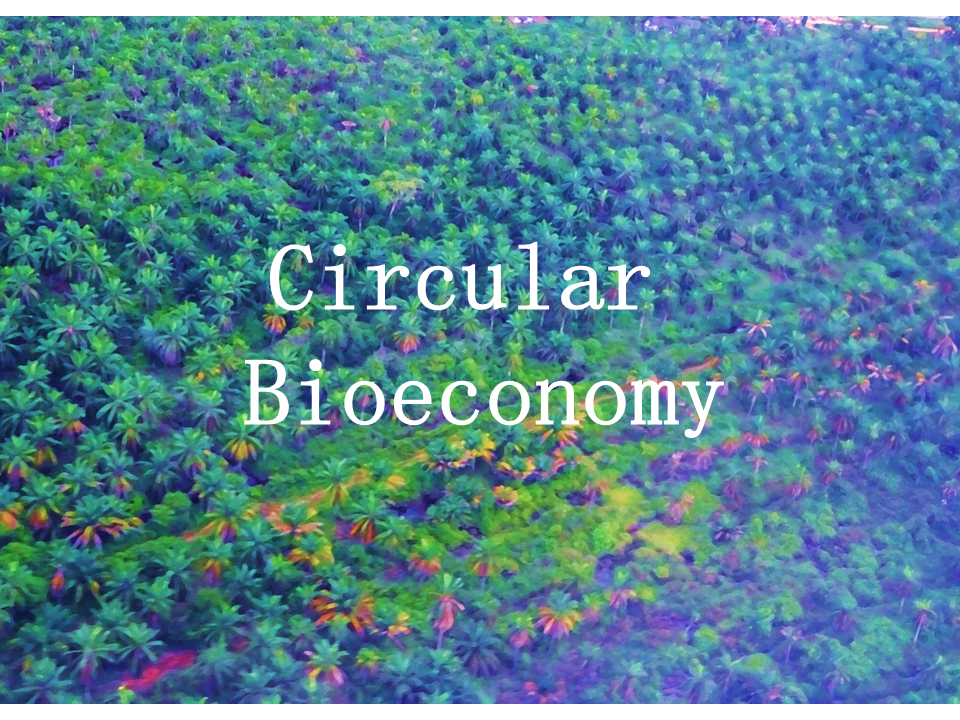Pick Up
1346. Circular Bioeconomy and Traditional Knowledge

1346. Circular Bioeconomy and Traditional Knowledge
Global interest in the circular bioeconomy is growing, with governments and industry adopting the concept as a framework for minimizing resource depletion, encouraging regenerative agriculture, and promoting the reuse and recycling of bioindustrial by-products. An editorial in Nature Food emphasized the importance of traditional knowledge, which is equally important to scientific knowledge, in the bioeconomy.
Mainstream bioeconomy strategies often emphasize uniformity and marketability, converting biological materials into standardized raw materials, and codifying knowledge as intellectual property. Success, then, tends to be measured by the extent to which these innovations can be geographically scaled and replicated. While such approaches enable broad application, they often separate biomaterials from the ecological context and stewardship necessary for their sustainable use and regeneration.
In contrast, traditional knowledge systems—the skills, practices, and insights born from long-standing relationships between communities and their environments—view these resources not as commodities but as building blocks of living systems. Guided by principles of containment, reciprocity, and adaptive reuse, traditional knowledge systems have historically enabled the circular flow of food, nutrients, and energy.
Food systems occupy a strategic position in experiments with the circular bioeconomy. Circularity as applied to food is typically thought of in terms of food waste valorization—the transformation of surplus or discarded food into new food, compost, biogas, animal feed, and more. Today, innovations in this field are often considered groundbreaking, even radical. However, the underlying logic of extending the utility of biomaterials through cascading uses is by no means new. Agricultural societies around the world have long managed the flow of food and nutrients through inherently circular practices. For example, in the Andean highlands, surplus potatoes are freeze-dried to form chuño (dried potatoes), which allows for long-term storage in harsh climatic conditions. In parts of West Africa, cassava peels and harvest residues are detoxified through fermentation and reused as livestock feed, reducing both waste and feed costs. In the Mediterranean region, citrus peels are candied, processed into liqueurs, used in detergents, and repurposed as livestock feed. Korean households have traditionally preserved surplus or damaged vegetables by fermenting them into kimchi, extending their shelf life and maintaining their nutritional value throughout the seasons. Indigenous communities in coastal and Arctic regions reuse fish heads, bones, skin, and innards in soups, nutritional supplements, and even traditional medicines and skin salves.
Incorporating circular agriculture into today's food systems is much more complex than it was in the past. Today's globalized food supply chains are structured to operate as efficiently and cost-effectively as possible, leaving little room for non-standard material flows. Scientific knowledge about microbial risks and contaminants has also increased significantly, leading to strict regulations regarding the recovery and valorization of surplus food. Interventions such as anaerobic digestion, food waste conversion to feed, and upcycling surplus food into new foods require rigorous testing, pathogen control, and nutrient profiling to meet modern food safety standards and protect public health. Therefore, scientific expertise is essential to building a robust circular bioeconomy.
Because the success of a circular bioeconomy depends on being rooted in place and context, traditional knowledge developed through long-term interactions with local ecosystems remains crucial. Leveraging traditional knowledge involves safeguarding intergenerational transmission and establishing equitable benefit-sharing mechanisms. Traditional practices should inform not only what circularity looks like in specific contexts, but also how circular transitions should be managed and for whose benefit.
(Reference)
Rao, M. Traditional knowledge at the center of a circular bioeconomy. Nat Food 6, 733–734 (2025). https://doi.org/10.1038/s43016-025-01205-z
Contributor: IIYAMA Miyuki, Information Program
